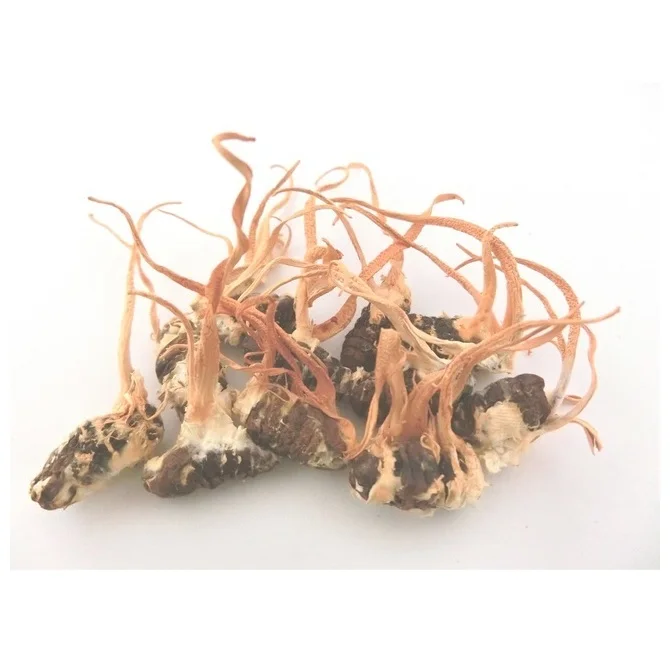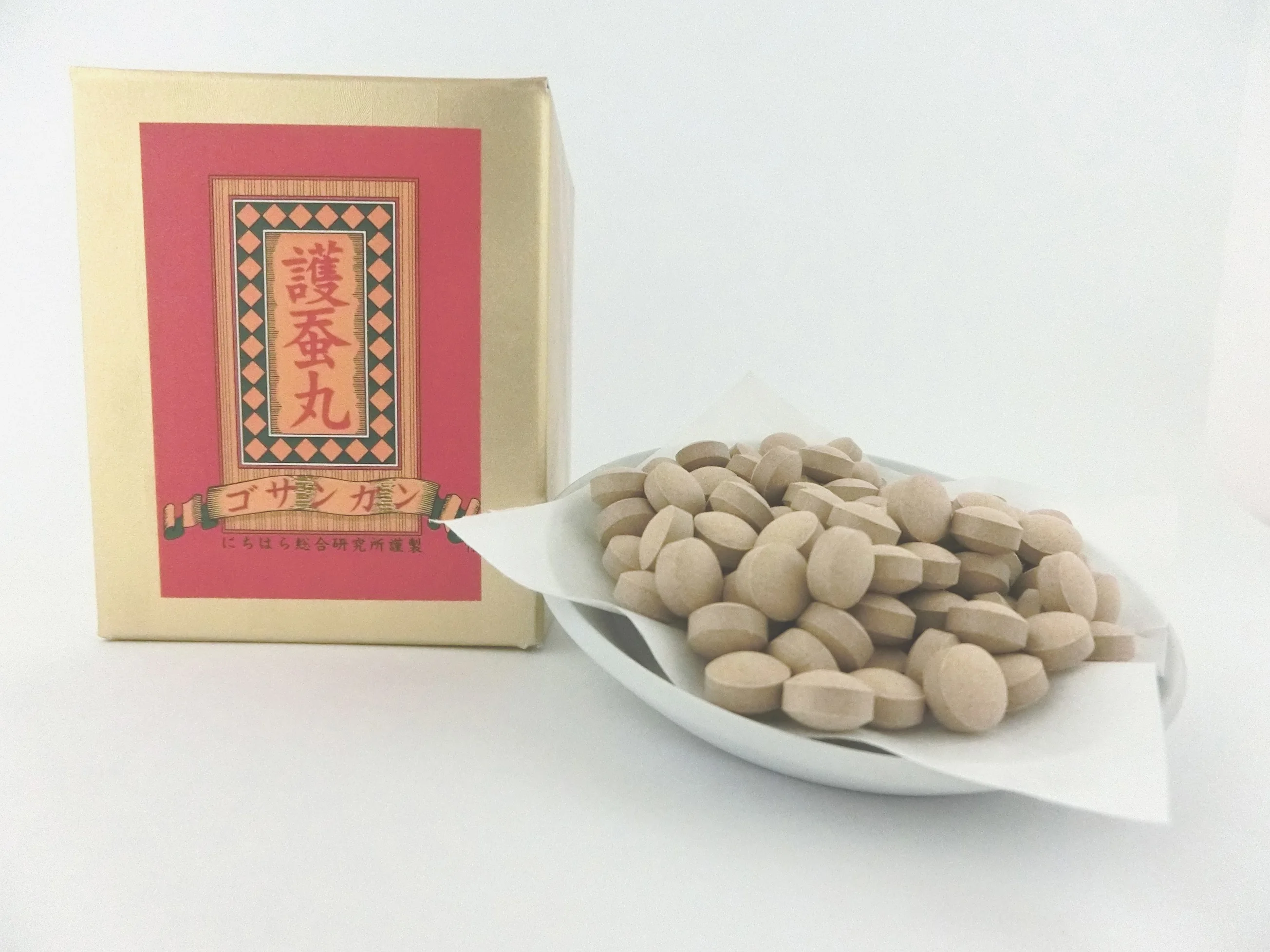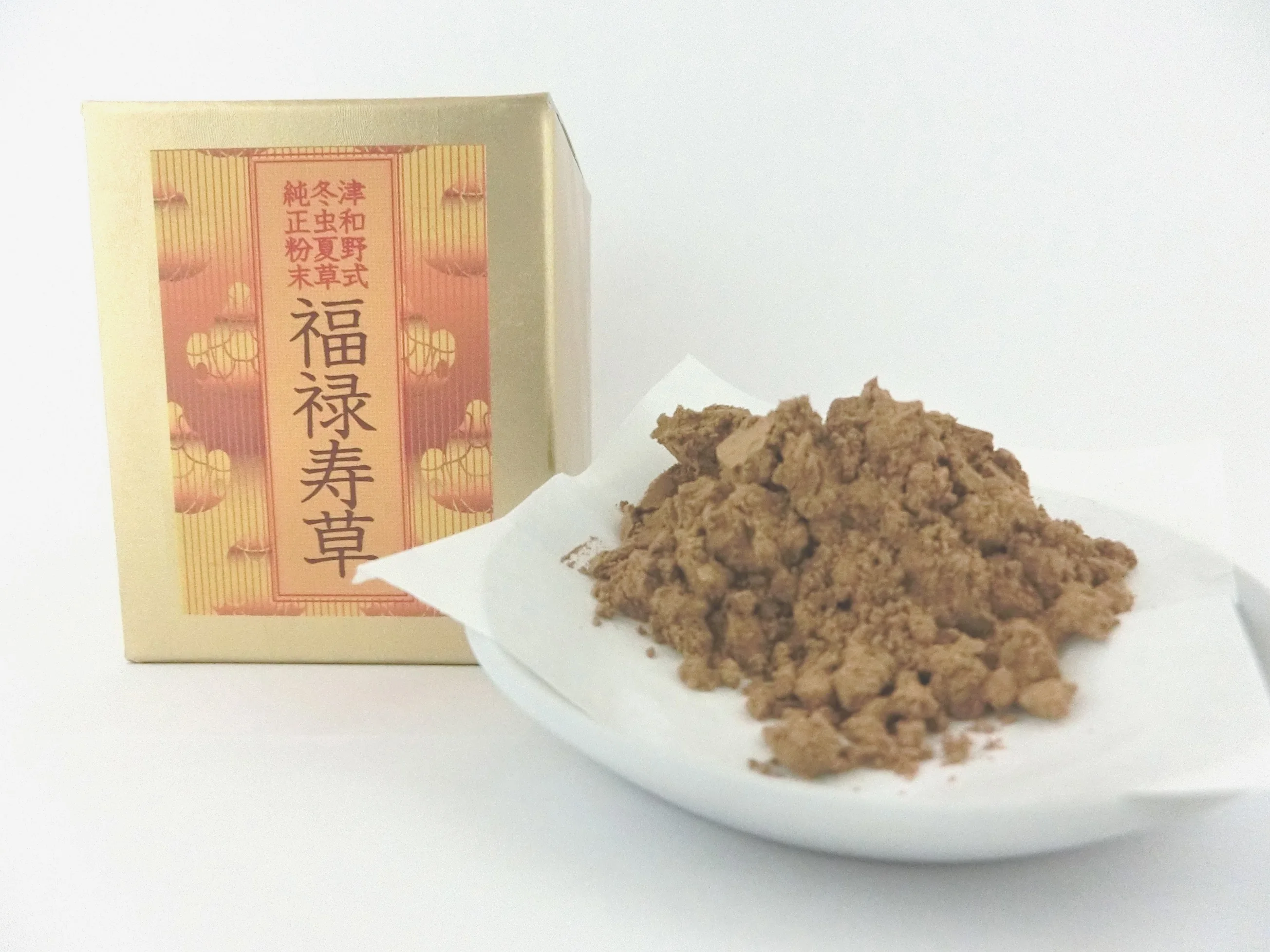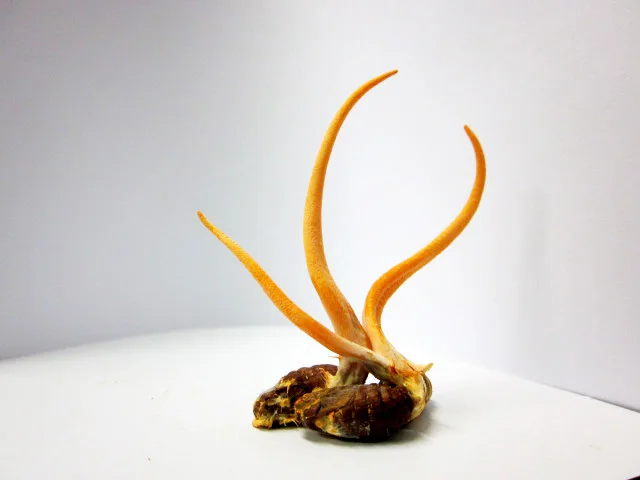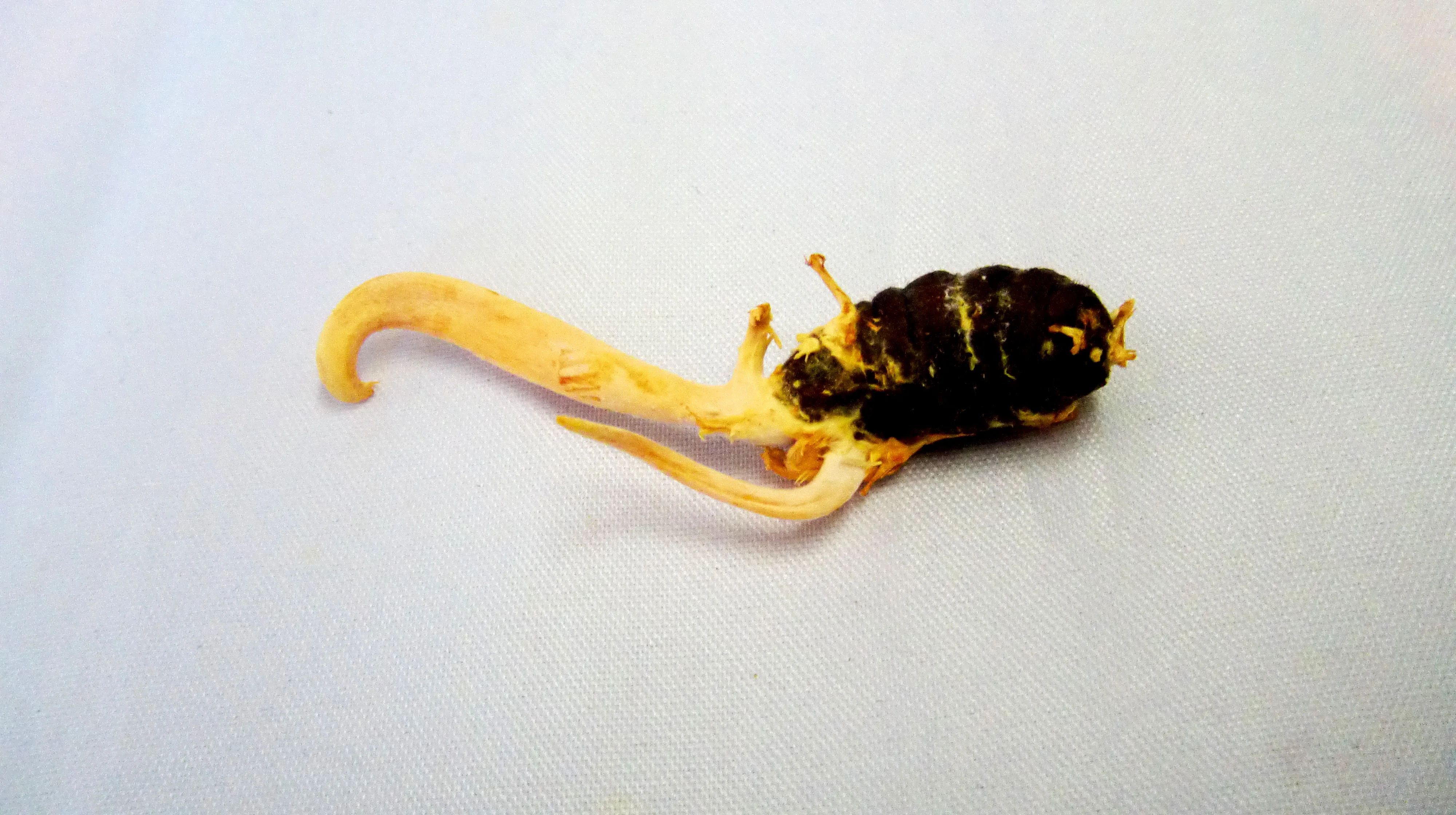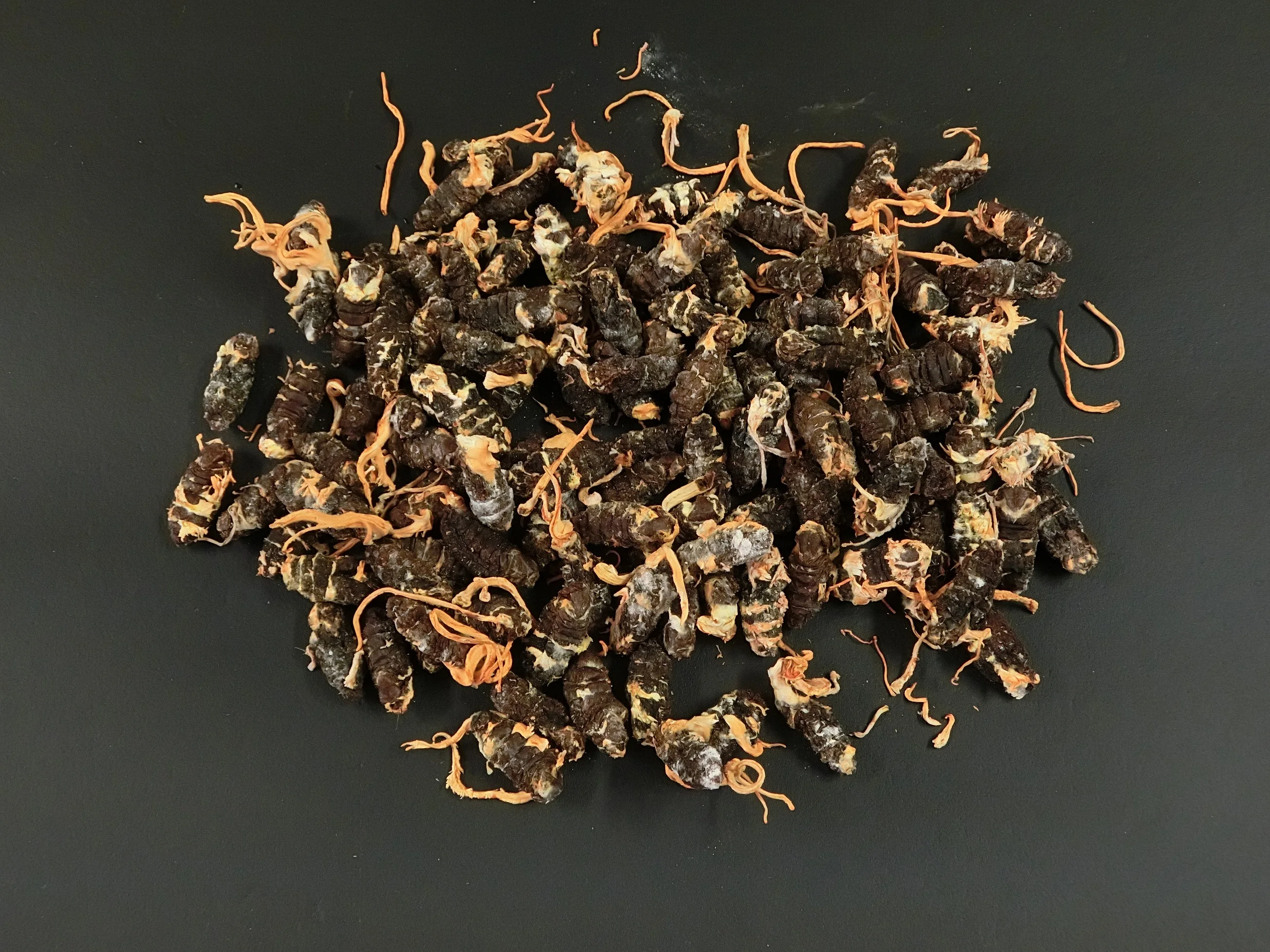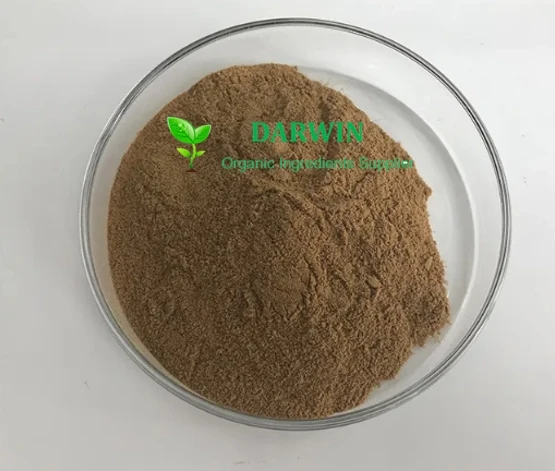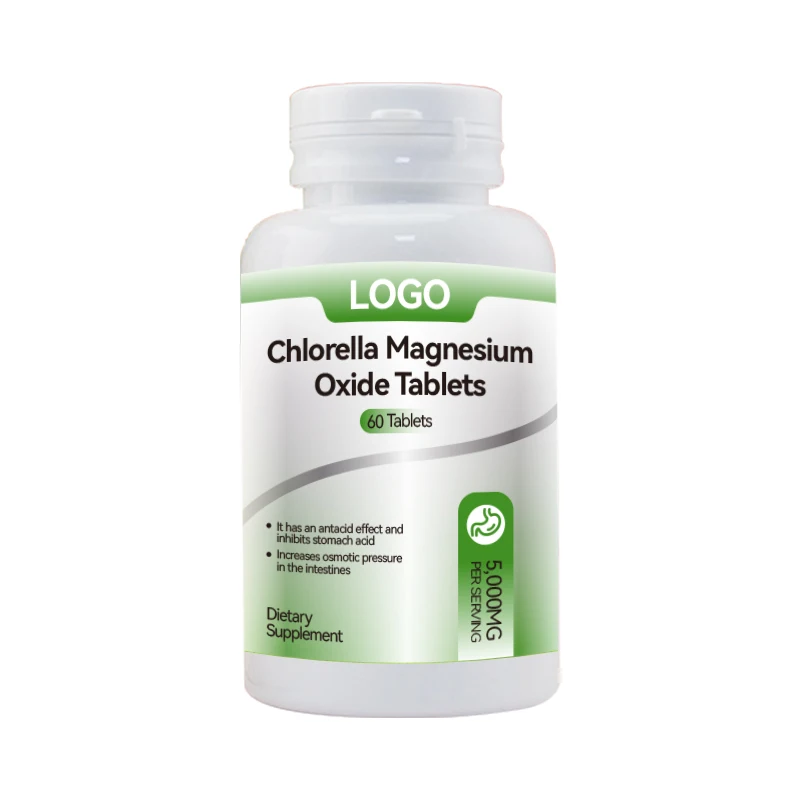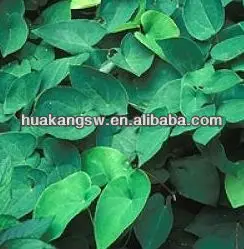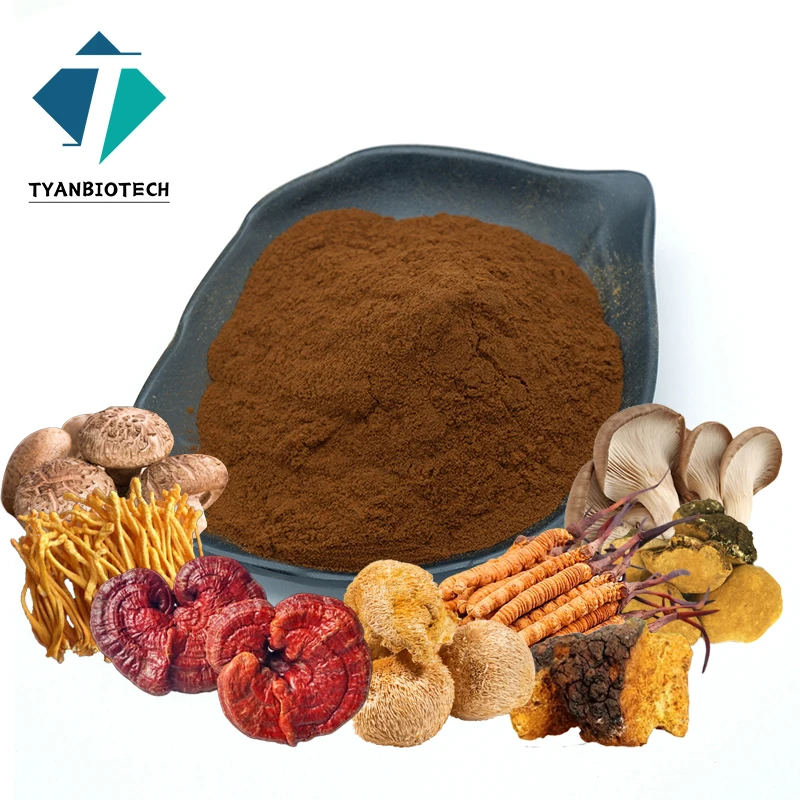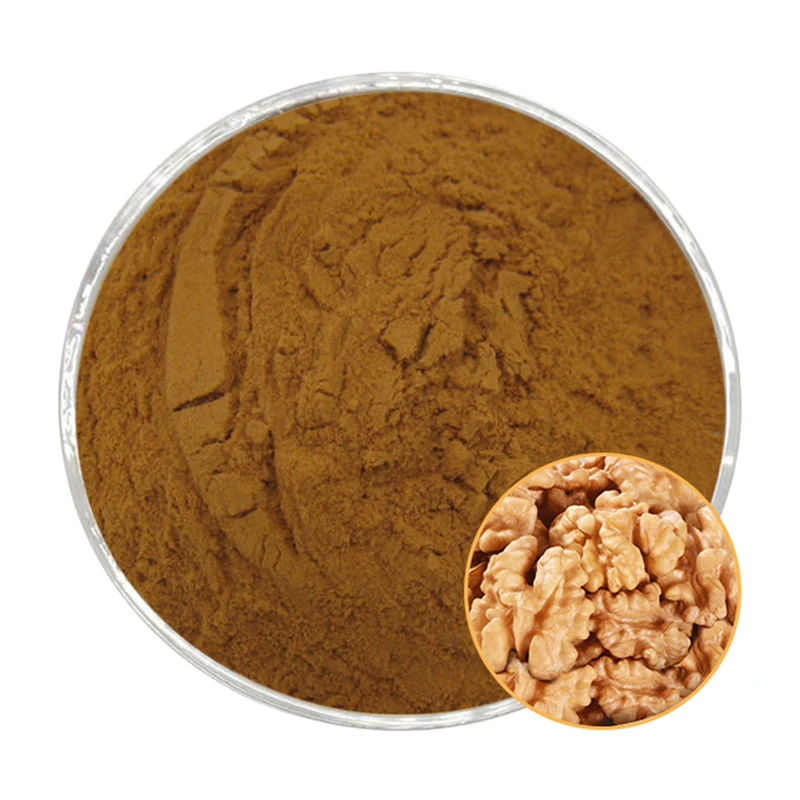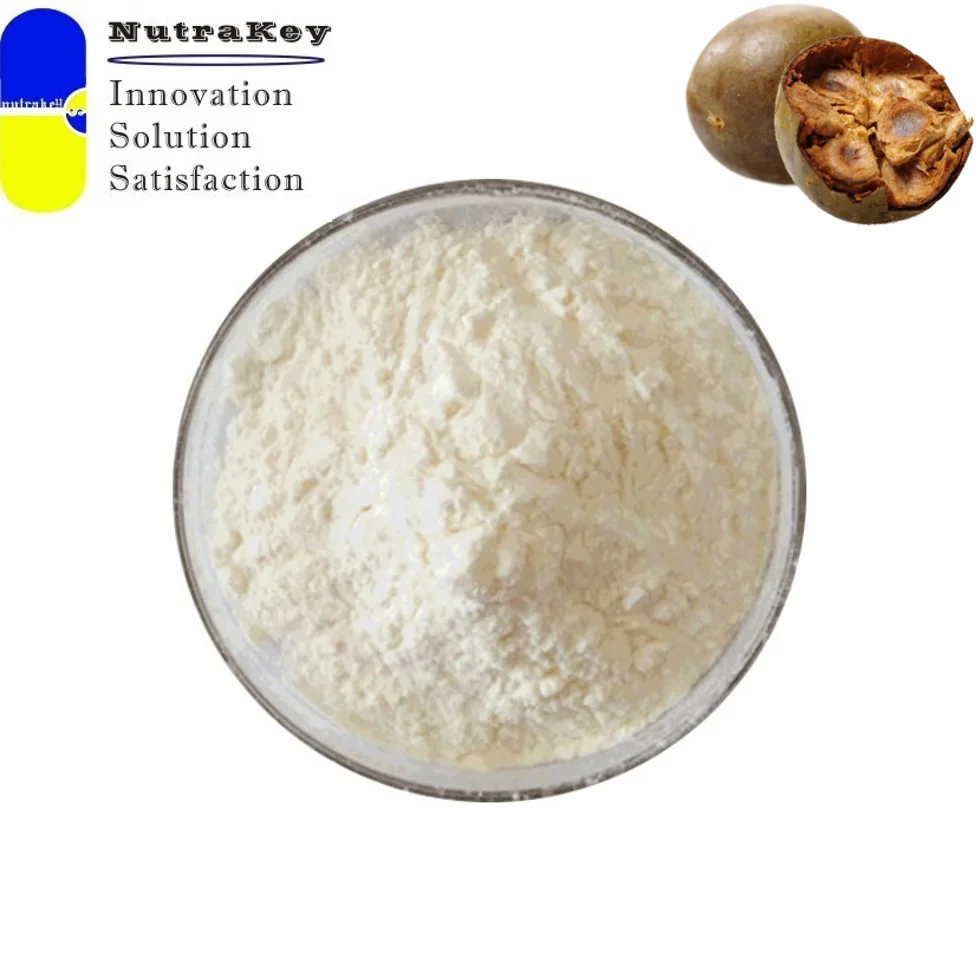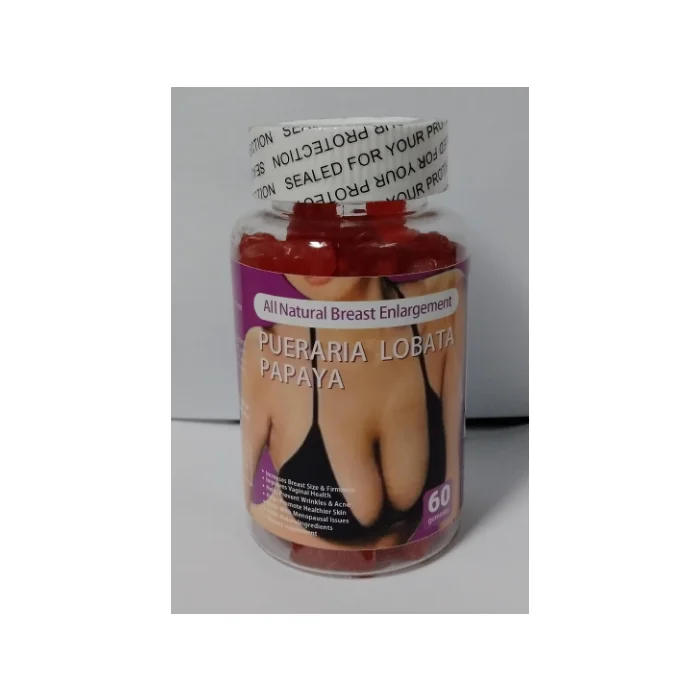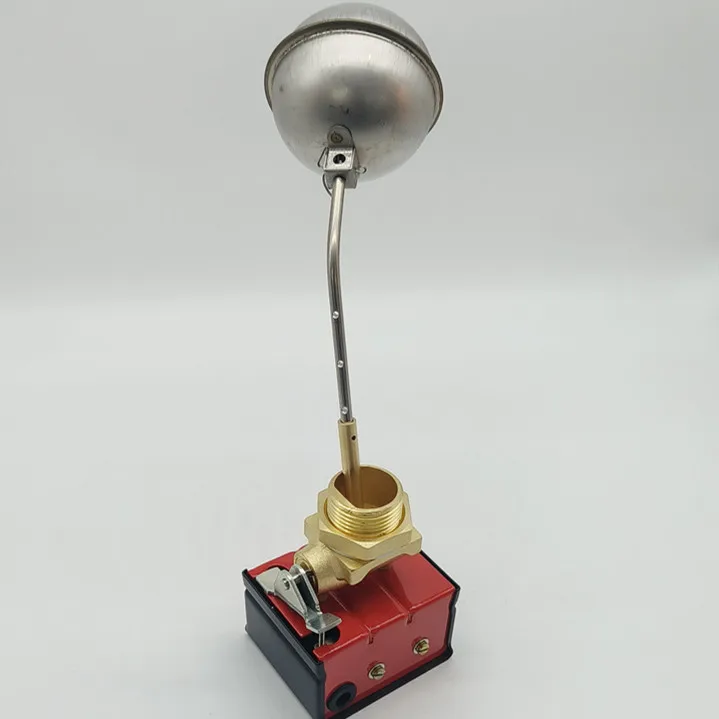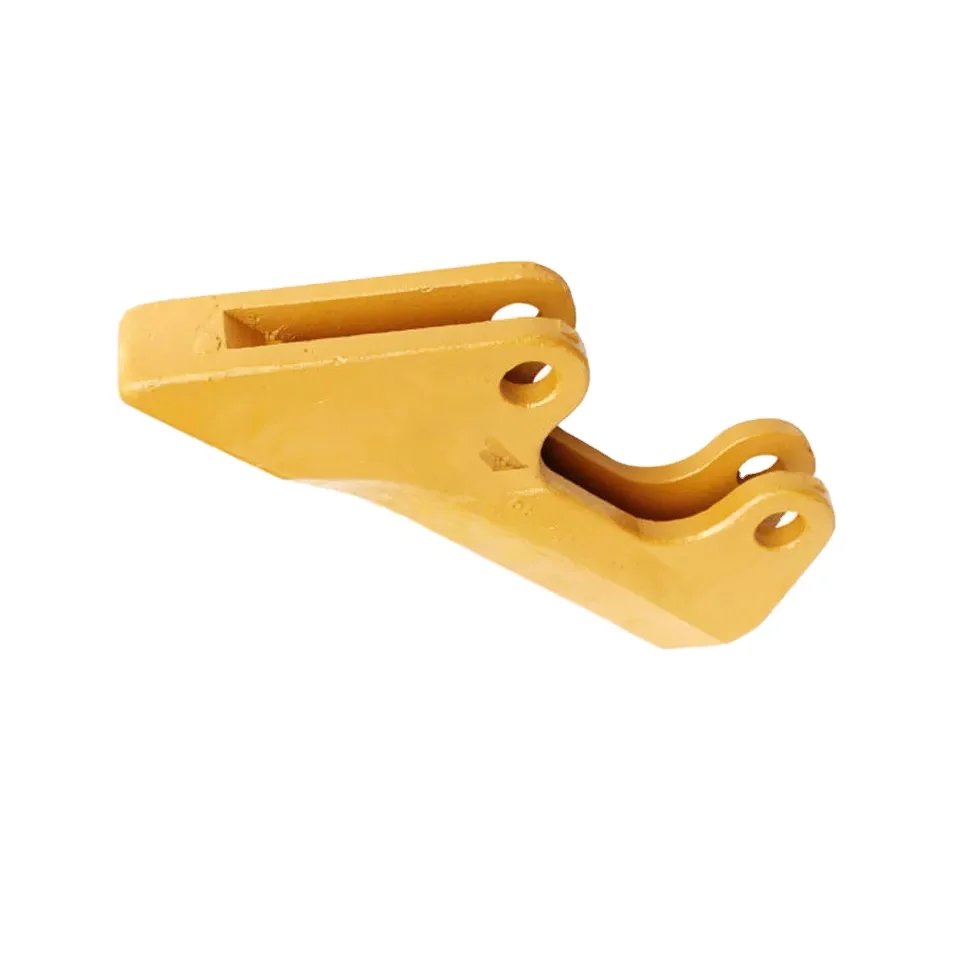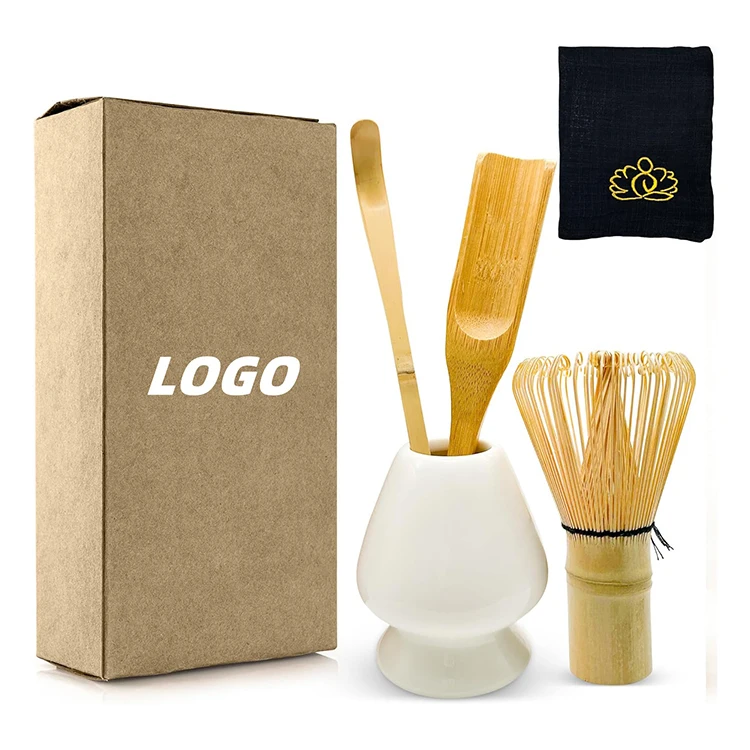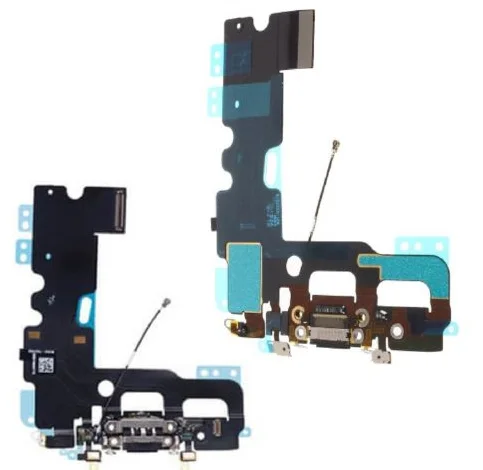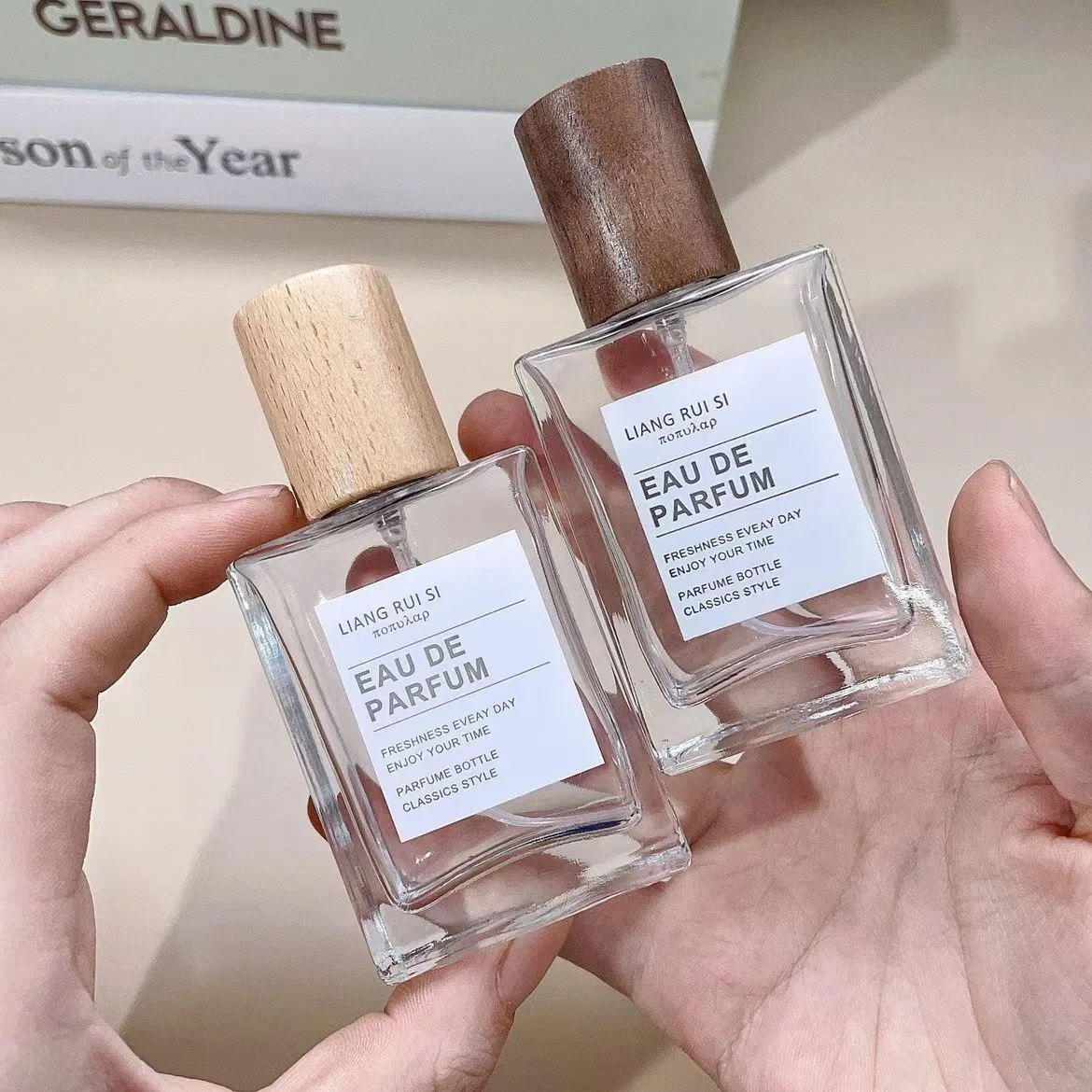Bulk Dry The (caterpillar Fungus) Manufacturer Cordyceps militaris price Sinensi Raw Military Mushroom Cordyceps Militaris Dried
- Category: >>>
- Supplier: AXIA Co. Ltd.
Share on (1601240531825):
Product Overview
Description
Products Description
In the town of Tsuwano (formerly Nichihara) in Shimane Prefecture, the "Research Association for Artificial Silkworm Feed" was launched in 1990 as an industry-academia-government collaboration initiative, and although the project was put on hold when the town underwent a municipal merger, it was eventually established as a corporation called “Nichihara Research & Development Laboratories, Inc.” in 2005 thanks to locals who took up an interest in it.
Currently, we have successfully cultivated caterpillar fungus (Ophiocordyceps sinensis) and offer it as a "safe and worry-free caterpillar fungus" developed in the local "Tsuwano style.”
Natural caterpillar fungus infects the insect while it is still alive. By focusing on this infection process, Tsuwano in Shimane Prefecture has patented a method of cultivating caterpillar fungus that involves infecting live silkworm pupae with the fungus.
Nichihara Research & Development Laboratories, Inc., which is licensed by the town of Tsuwano for use of their patent, utilizes this method to cultivate caterpillar fungus under the brand name, "Tsuwano-style Caterpillar Fungus.”
"Tsuwano-style Caterpillar Fungus” competes with the life of live silkworms while the caterpillar fungus is in the process of growing, and the fungus grows as it takes over. This is why "Tsuwano-style Caterpillar Fungus” is thought to contain lots of high-quality ingredients, and research on this is currently moving forward.
All of the silkworm pupae, which become caterpillar fungus, we use are cultivated in-house. Sericulture used to be a key industry in Japan. Today, the number of sericultural farms has fallen to under 500 in all of Japan, but despite this there are still techniques and wisdom held among exemplar farmers that deserve special mention.
We will continue to seek out new possibilities for the sericulture industry while still inheriting Japanese techniques like this that deserve pride.
Materials | Additive-free Preservative-free |
Customization | - OEM available in small lots, minimum of 1 Lot *Small portion packets, from 10g/packet, 1kg = 1Lot - Package containers change available, minimum of 1 Lot *Packaging material required, 1kg = 1Lot - Label change available, minimum of 1 Lot *Label supply required, 1kg = 1Lot |
Sample | Sample sets available *Price: 75,000 yen |
Factory | We have our own factory. |
empirical data | Test result numerical data available: Cordycepin, etc. |
Specifications | Capacity : 1 kg Main Ingredients: Cordyceps sinensis |
Company Profile
Sanai is a company that provides "Ii-Ikigai," meaning a "Good Purpose in Life." "Ikigai" in Japanese means to bring joy and satisfaction to your everyday life, and to find a sense of meaning and purpose in your life.
This Japanese concept has recently garnered attention abroad as well, since many people identify with the concept and seek out self-actualization and a sense of happiness.
Here at Sanai, our mission is to provide "Ii-ikigai," or a “Good Purpose in Life,” and to bring our customers this sense of purpose through the following services.
1. One-of-a-kind fashion accessory items (bags, wallets, card cases, etc.) that are beautifully upcycled from traditional Japanese-style kimono clothing.
2. Secondhand kimono (traditional Japanese-style clothing), kimono fabric, and kimono accessories.
3. Caterpillar fungus (Ophiocordyceps sinensis) is a safe and worry-free Chinese herbal ingredient produced in Japan (Our caterpillar fungus is produced by Nichihara Research & Development Laboratories, Inc. with a license for patented use obtained from the town of Tsuwano).
Together with Sanai, let's find your “Ikigai", or "purpose in life," to lead a fulfilling life.
We Recommend
New Arrivals
New products from manufacturers at wholesale prices
